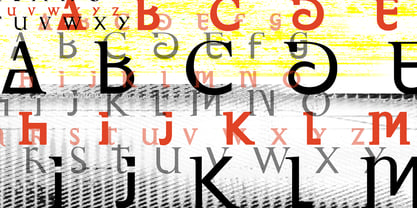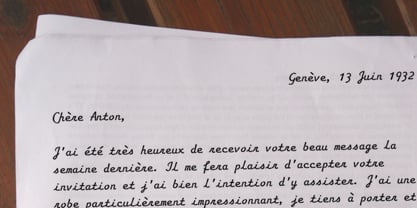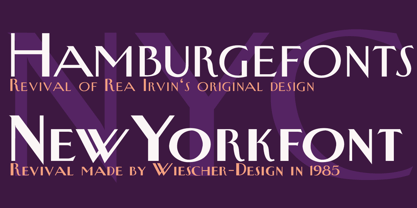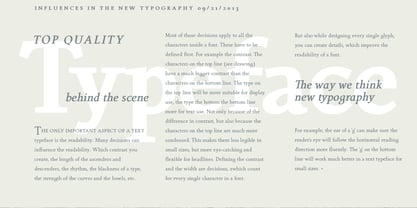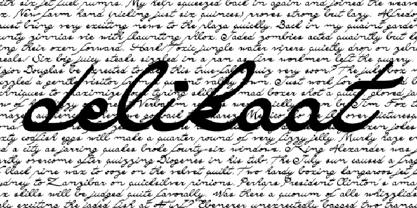10,000 search results
(0.035 seconds)
- Stentiga - Unknown license
- Yytrium - Unknown license
- Charles in Charge - Unknown license
- Lunasol - Unknown license
- PresidentGas - Unknown license
- Skeletor Stance - Unknown license
- Boron - Unknown license
- Johnny Fever - Unknown license
- Cranberry Gin - Unknown license
- Betsy Flanagan - Unknown license
- Pop Up Fontio - Unknown license
- Mold Papa - Unknown license
- No Clocks - Unknown license
- New Brilliant - Unknown license
- Plasmatic - Unknown license
- Po Beef - Unknown license
- Outright - Unknown license
- Subpear - Unknown license
- 6809 Chargen - Unknown license
- 1980 Portable - Unknown license
- Biting My Nails - Unknown license
- Horsepower - Unknown license
- World of Water - Unknown license
- Failed Attempt - Unknown license
- Numberpile Reversed - Unknown license
- Strenuous 3D - Unknown license
- Guanine - Unknown license
- Octoville - Unknown license
- Terylene Top - Unknown license
- Vibrocentric - Unknown license
- Snidely - Unknown license
- Screengem - Unknown license
- Chianti BT WGL by Bitstream,
$49.00 - MVB Celestia Antiqua by MVB,
$39.00 - Prototype by Barnbrook Fonts,
$30.00 - Marista by Zephyris,
$- - Kigara by Anatoletype,
$16.00 - New Yorker Type by Wiescher Design,
$55.00 - Portoluce by Eurotypo,
$28.00 - Delikaat by Cubo Fonts,
$19.00
































